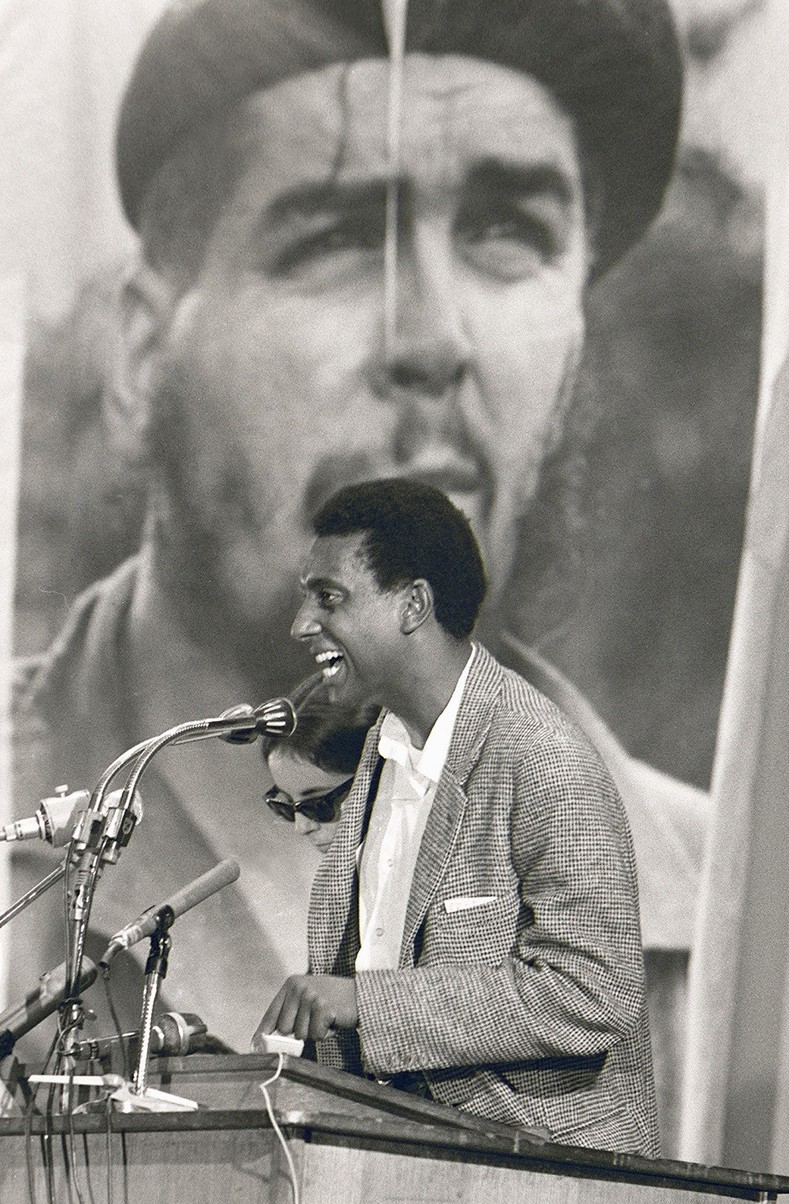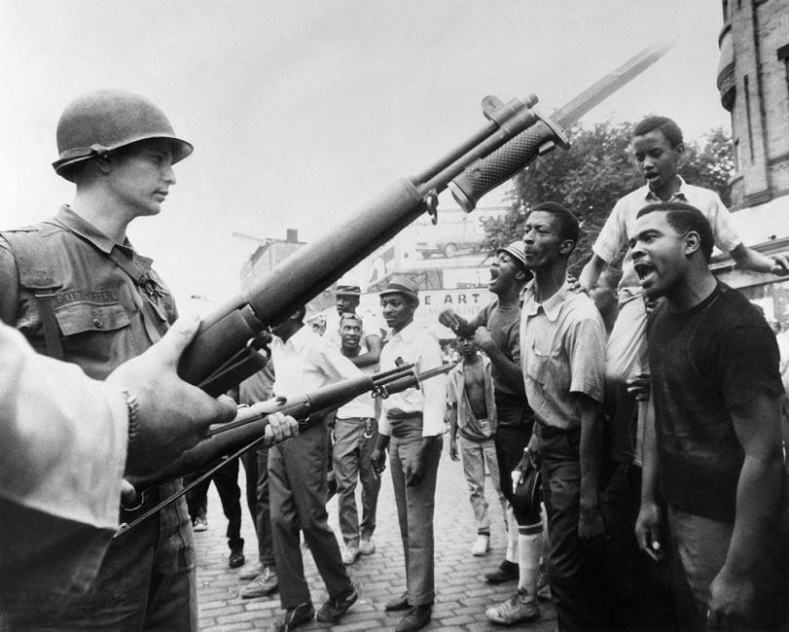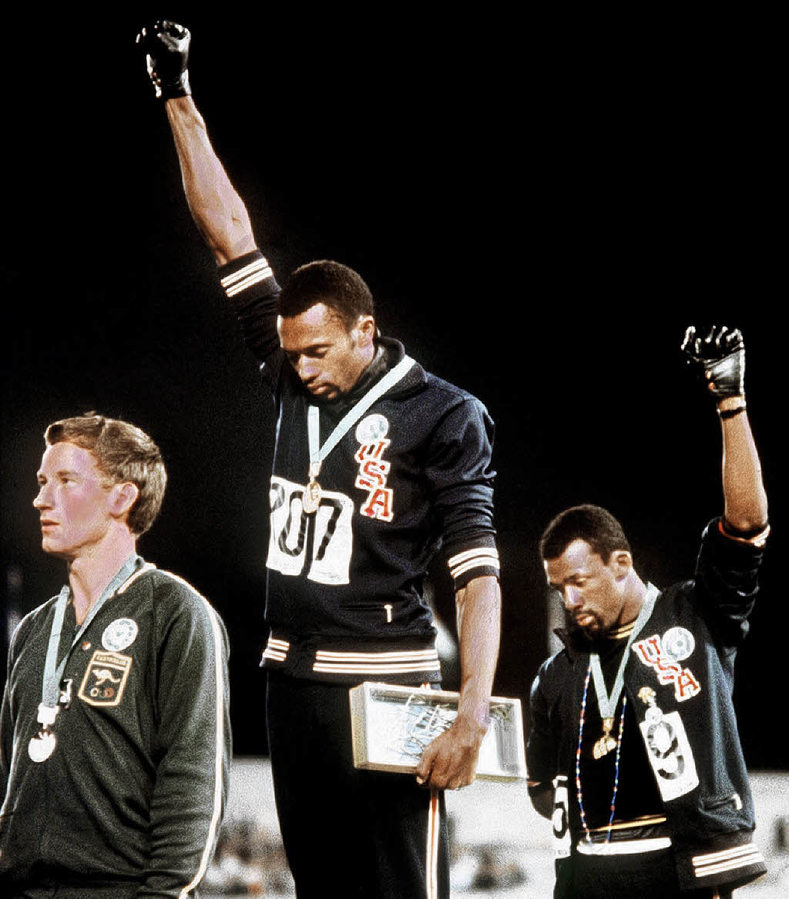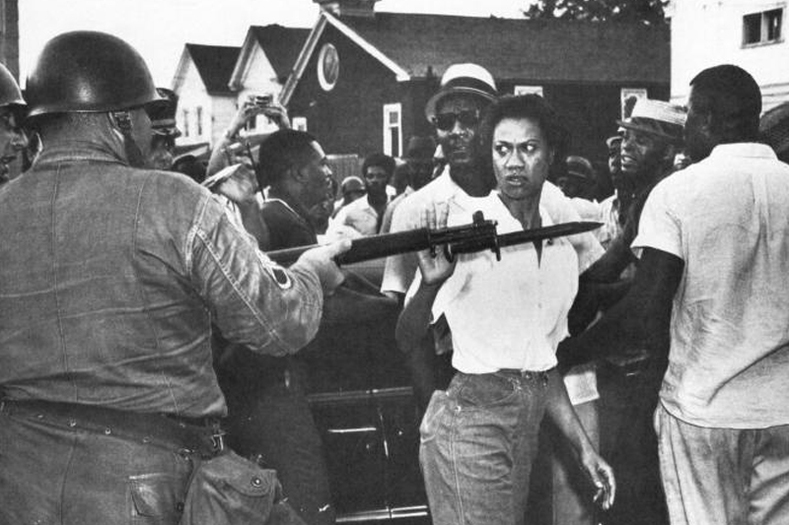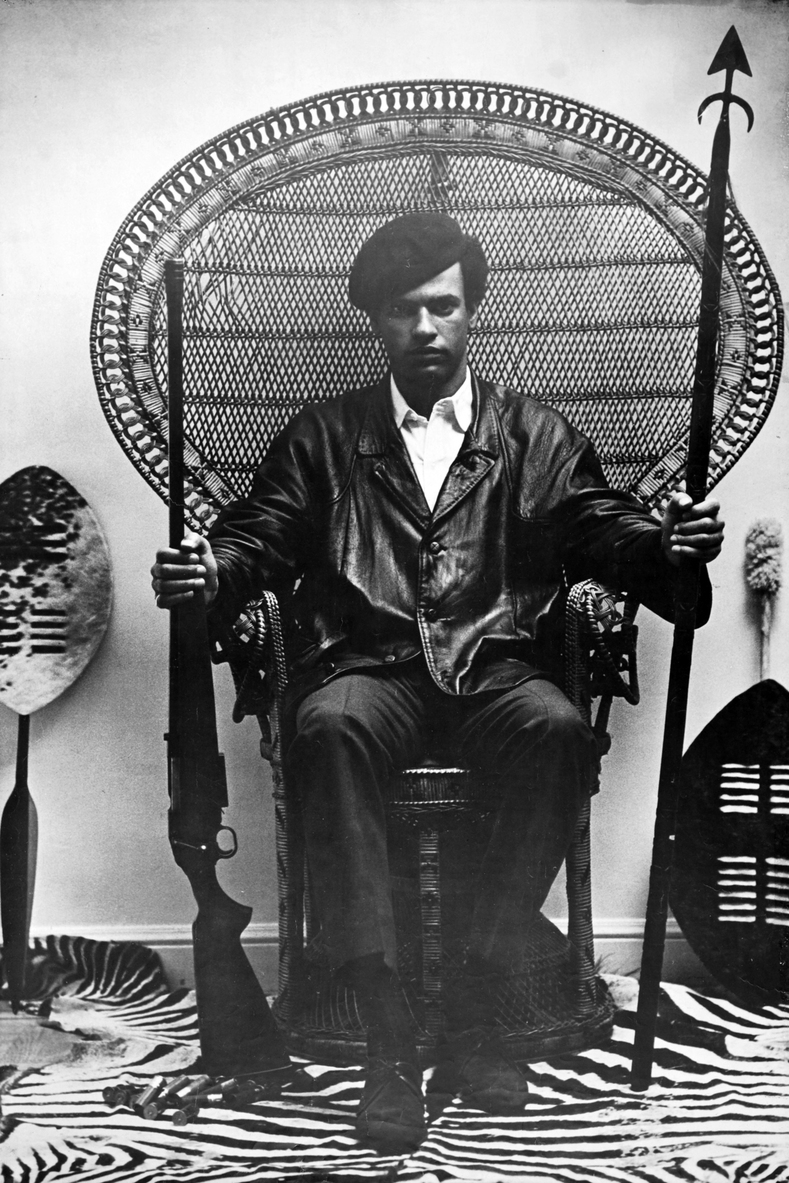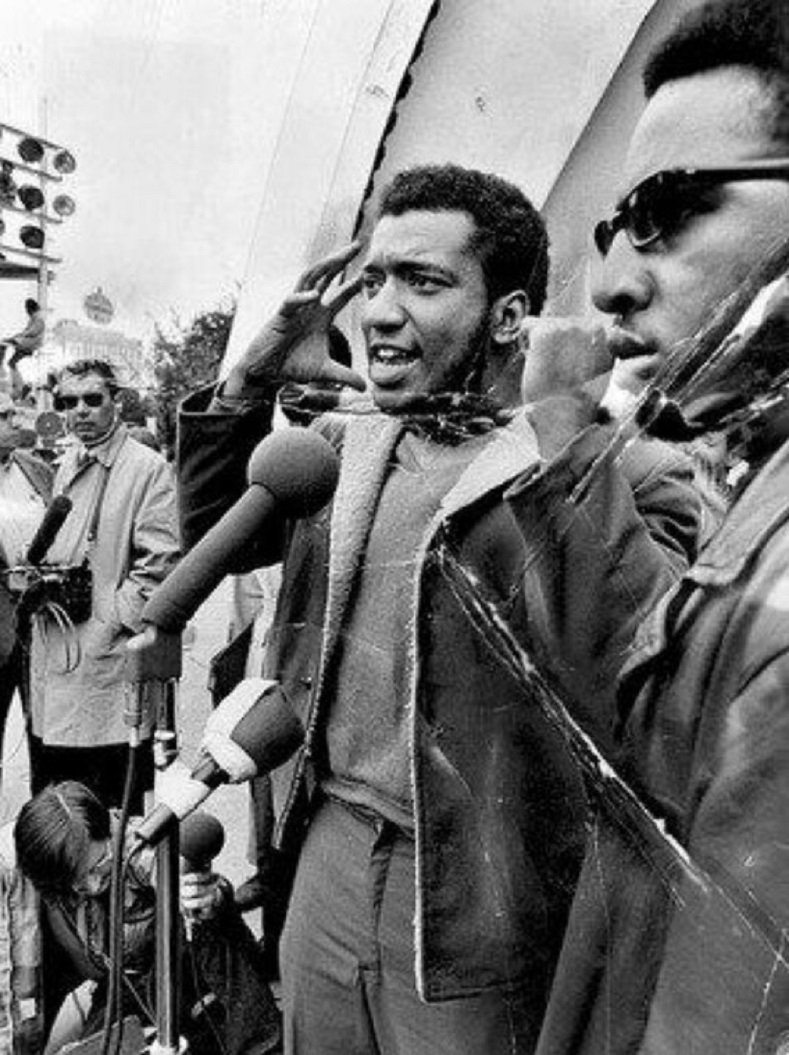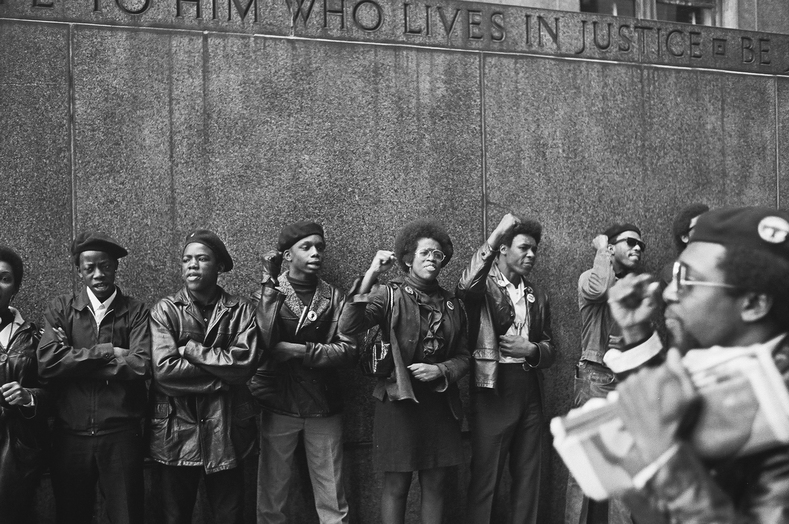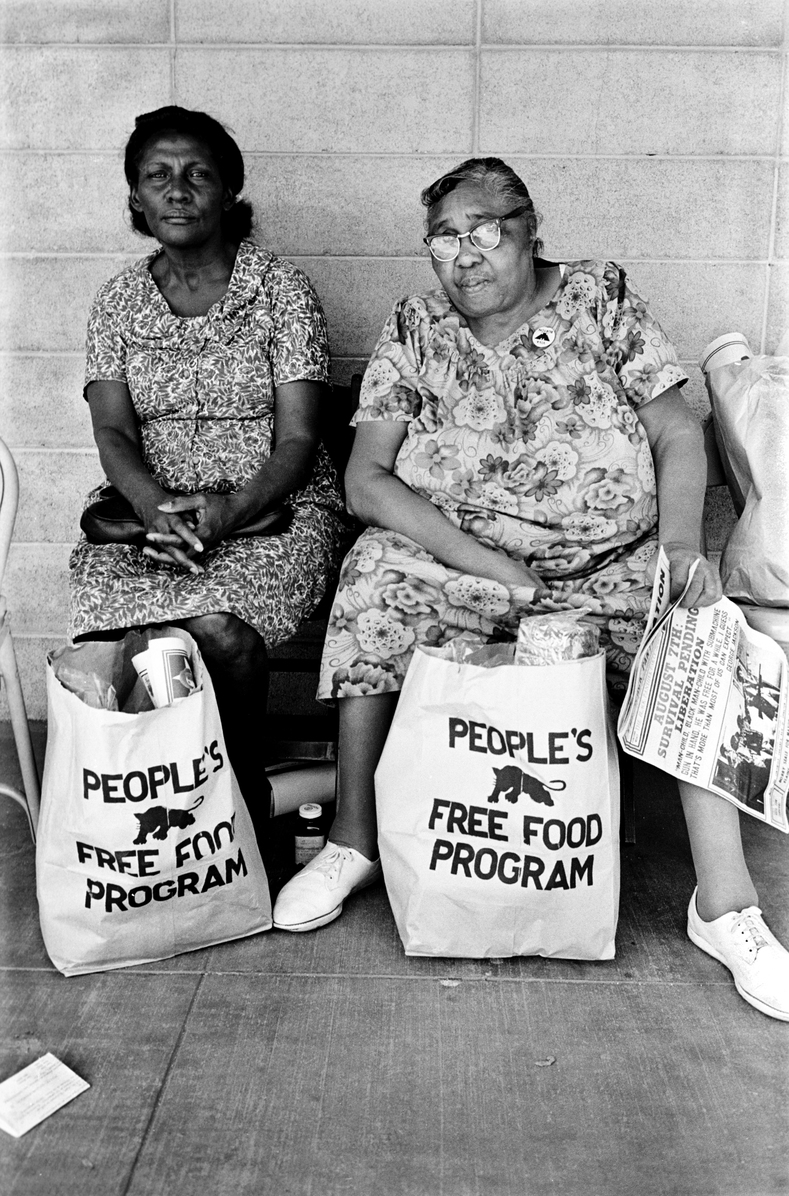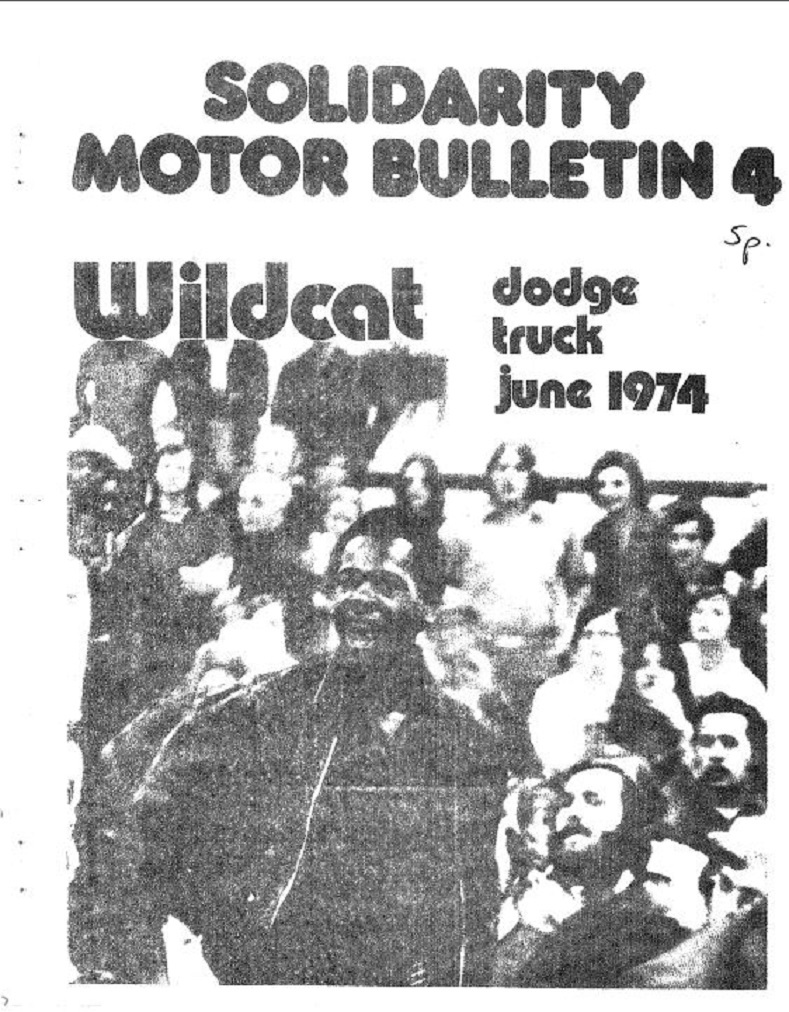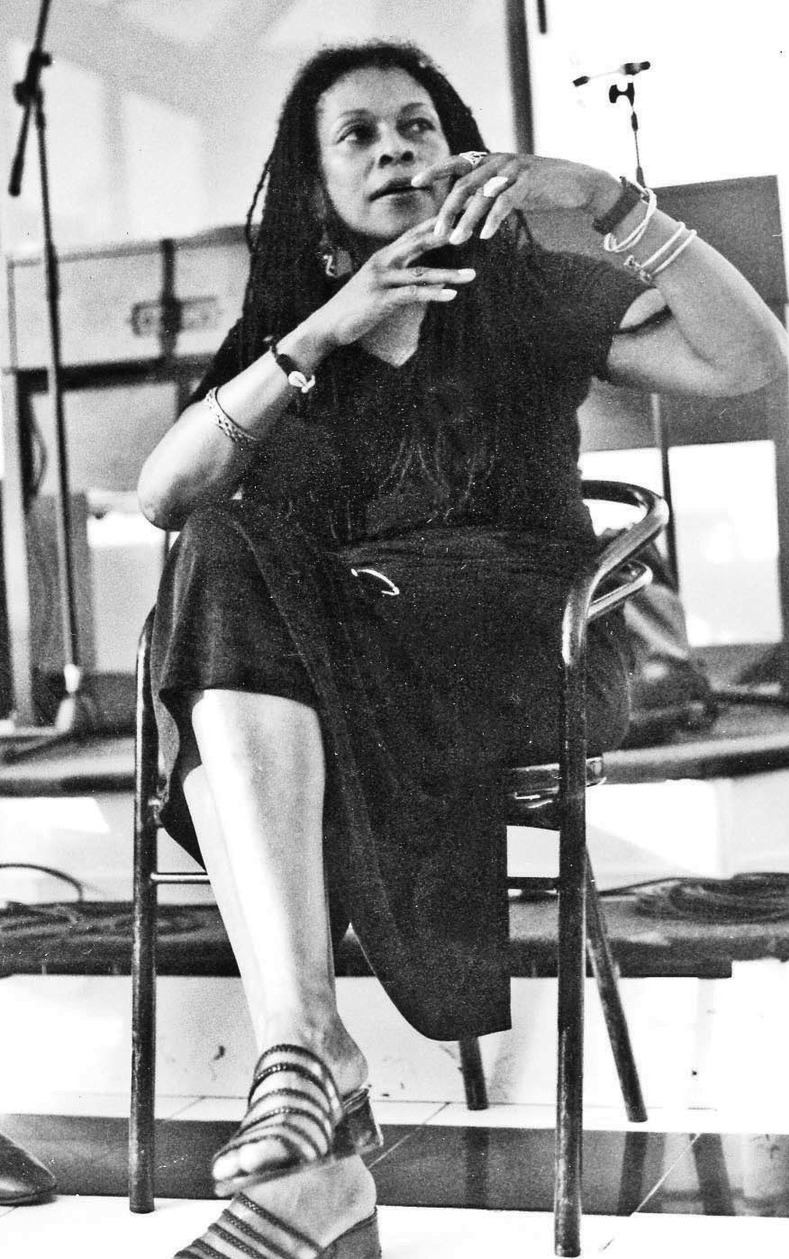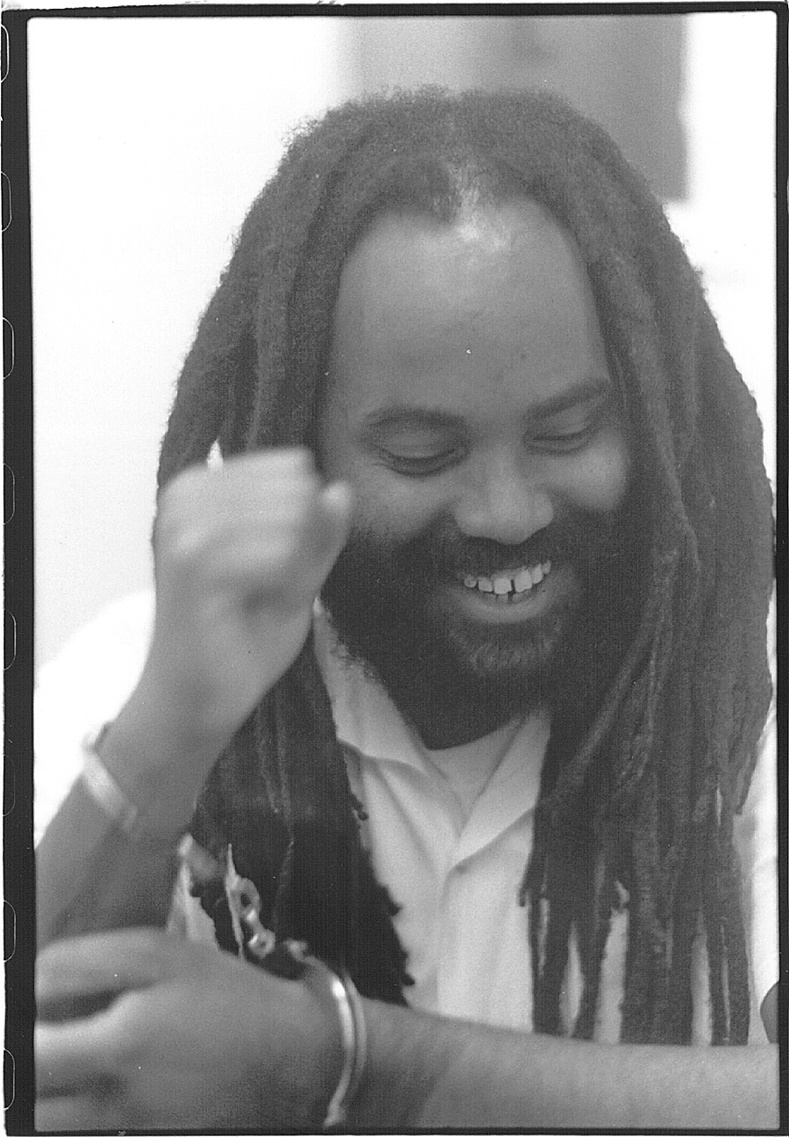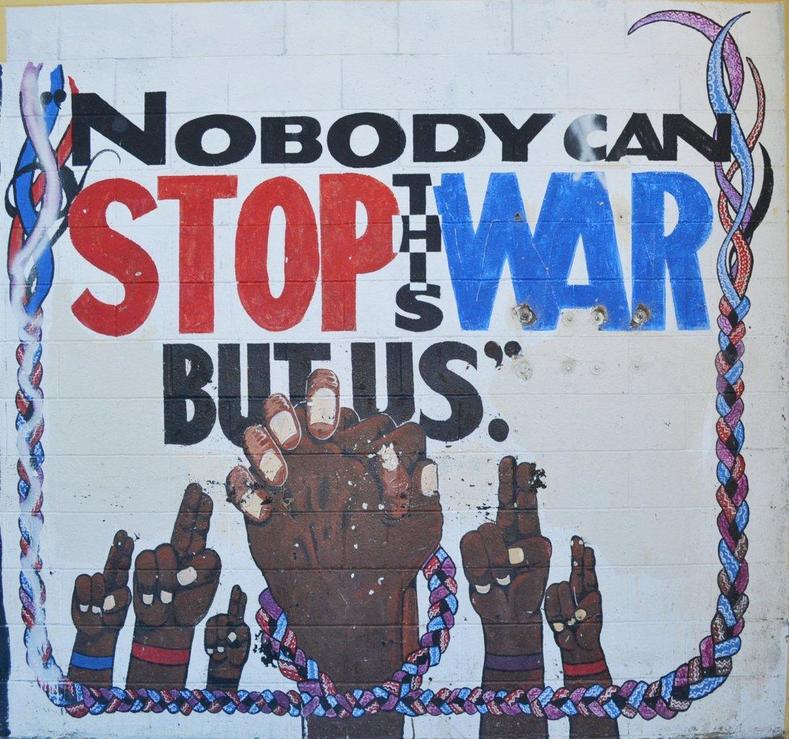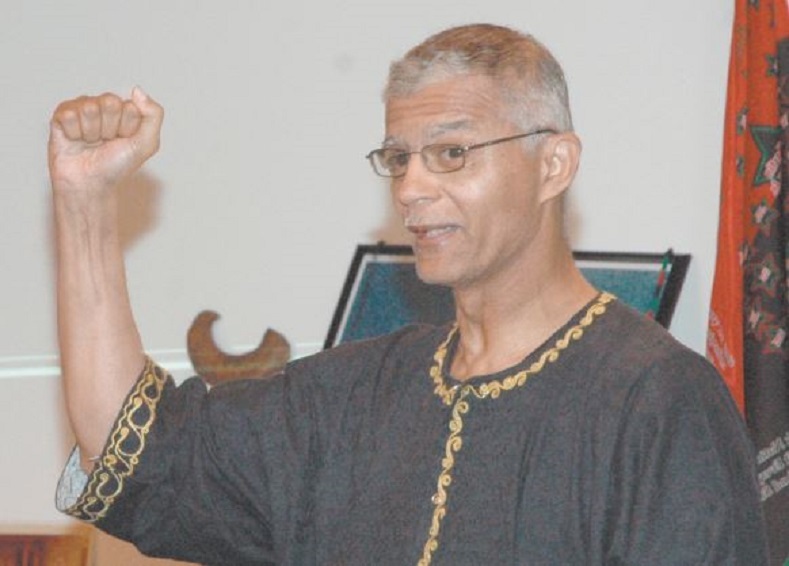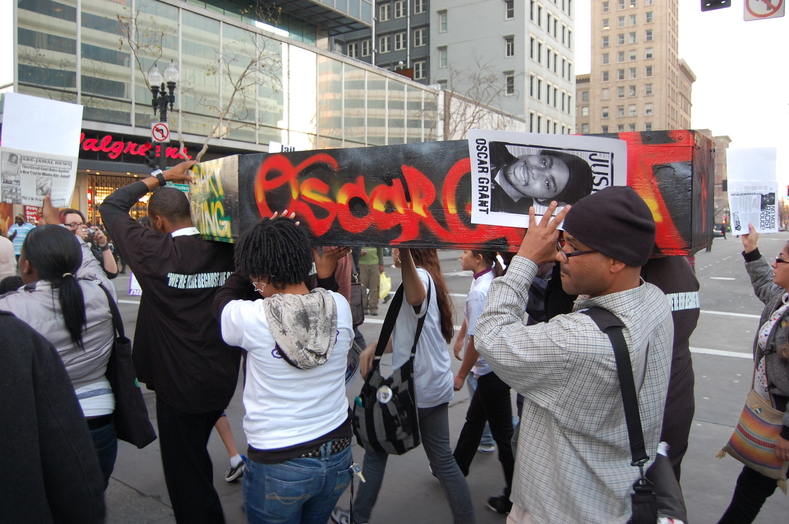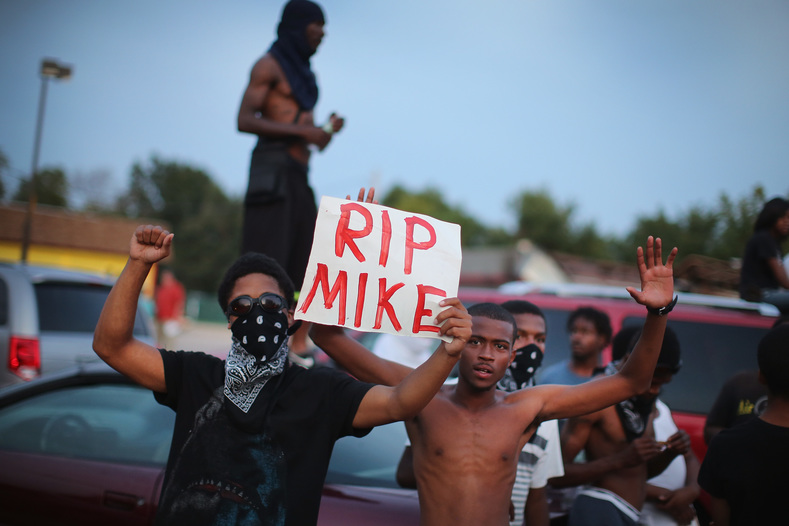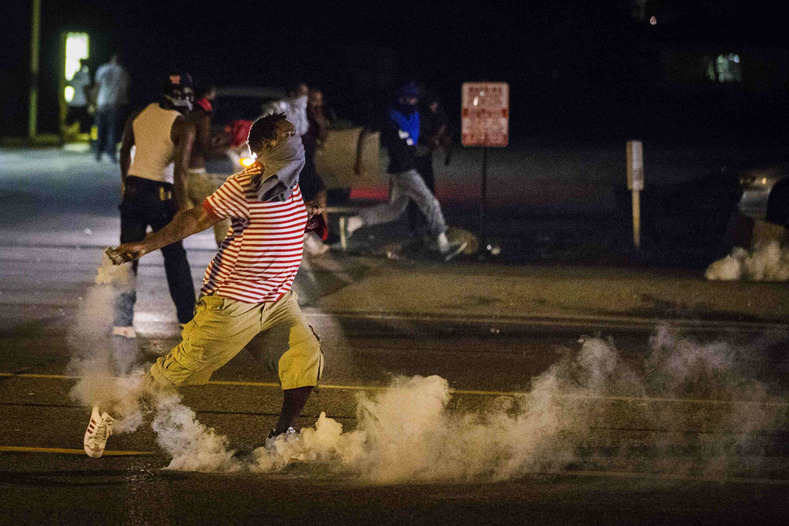Stokely Carmichael is most often remembered as an outspoken revolutionary whose Black Power call, issued on June 16, 1966, supposedly “wrecked” the peaceful civil rights movement by calling for militant Black self-defense and a denunciation of U.S. imperialism overseas.
However, he remains one of the most important grassroots organizers of 1960s era social movements, and his example and militant message demanding a living wage, an end to mass incarceration, self-determination for Black communities, and jobs for all continues to thrive in the context of unabating racist oppression within the United States.
The new civil rights movement that has been unleashed in the wake of extra-judicial killings by police have added another chapter to the unfinished history of Black struggle as thousands have taken to the streets raising their fists while holding #BlackLivesMatter signs.
teleSUR takes a look at some of those who fought under the slogan of Black Power against the inherently anti-Black, racist nature of U.S. capitalism.
 21
21 

